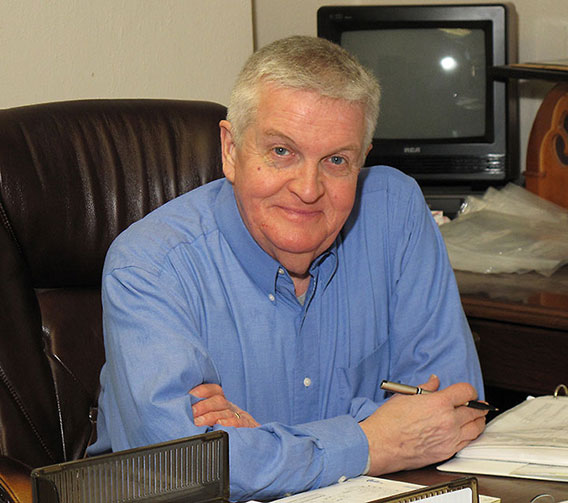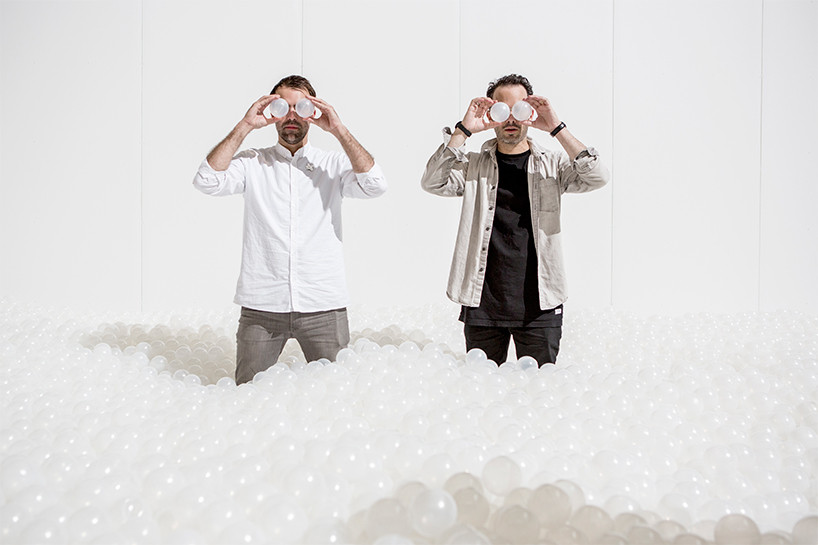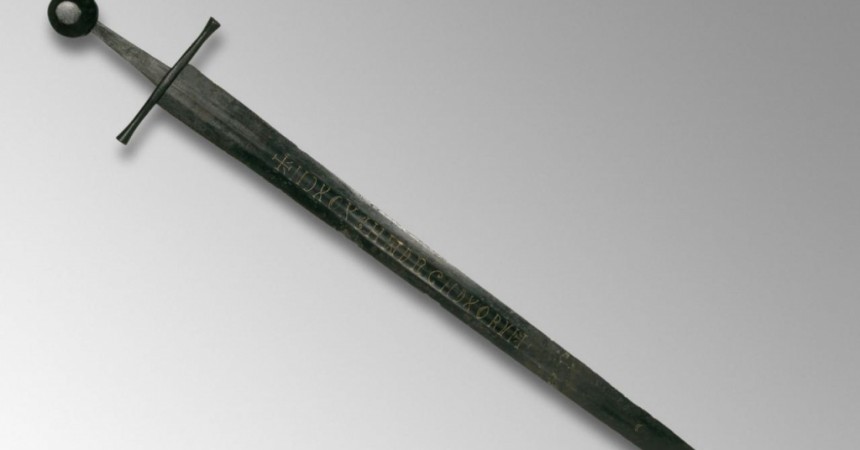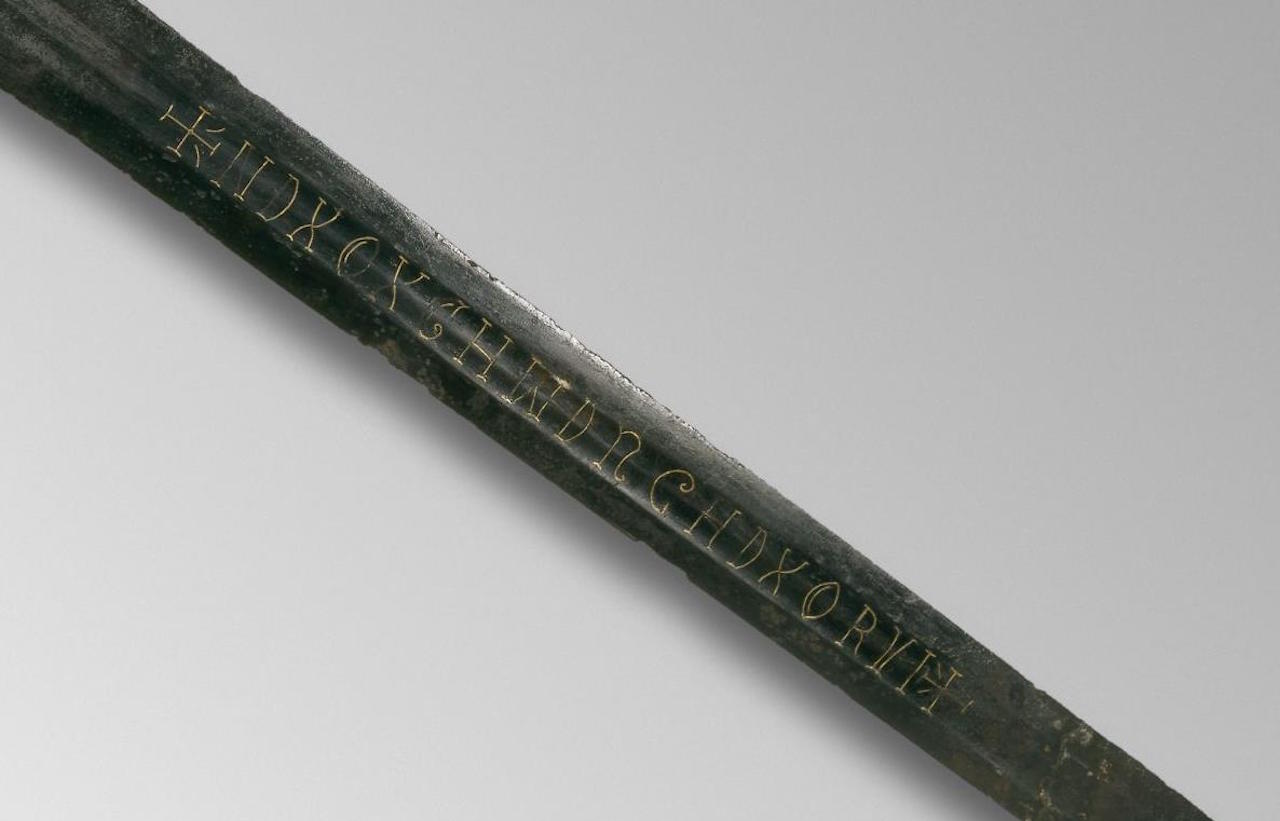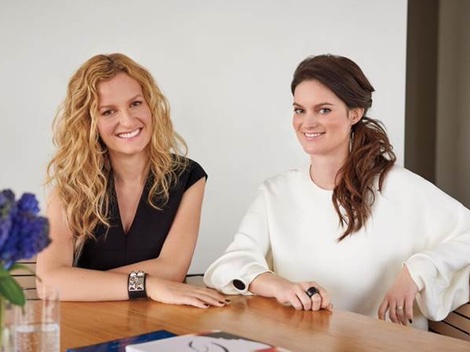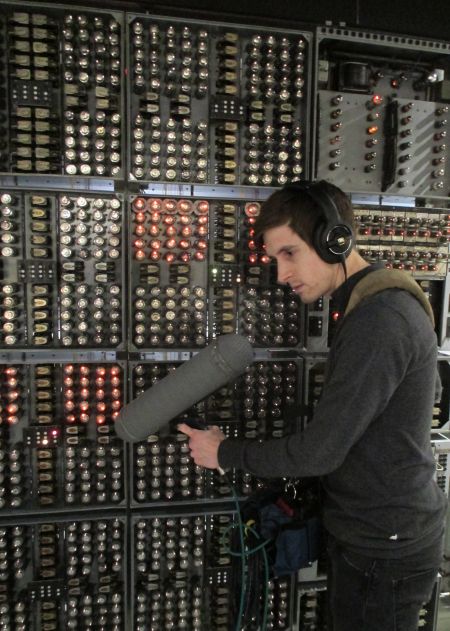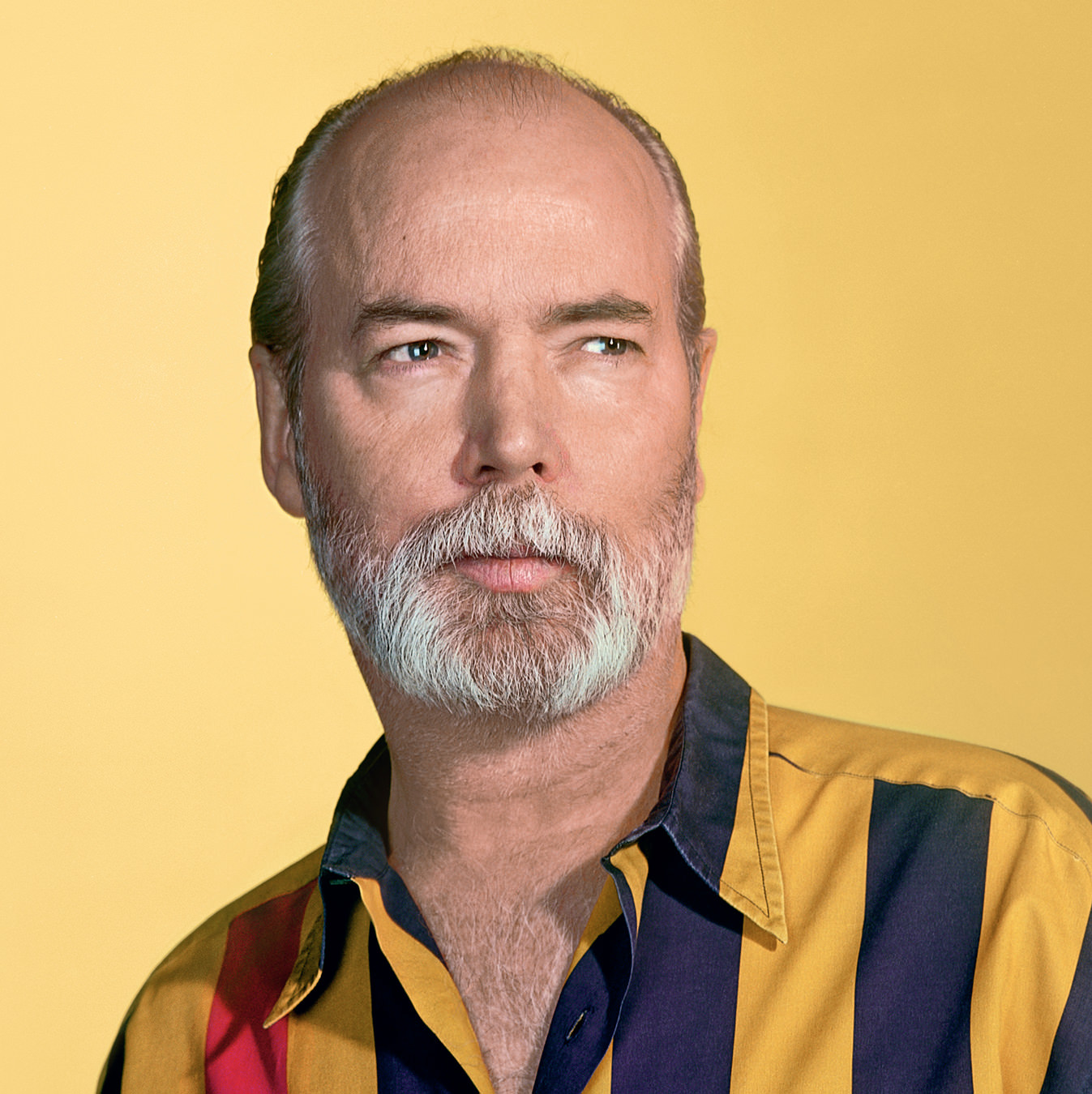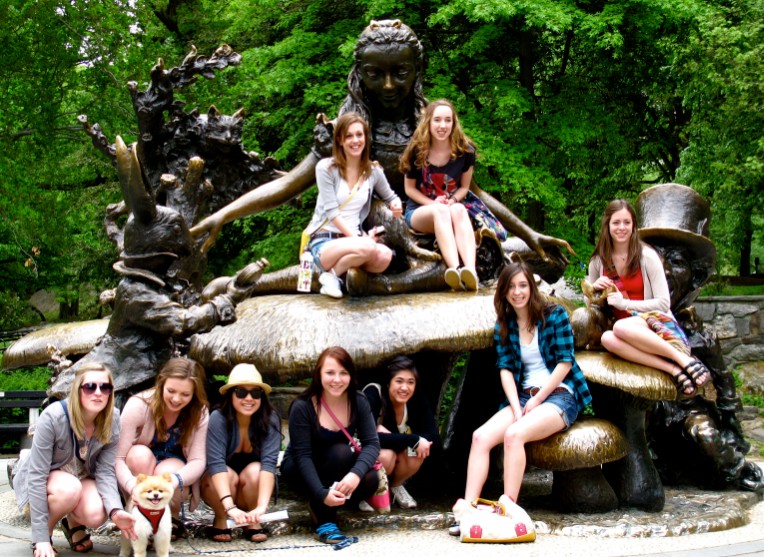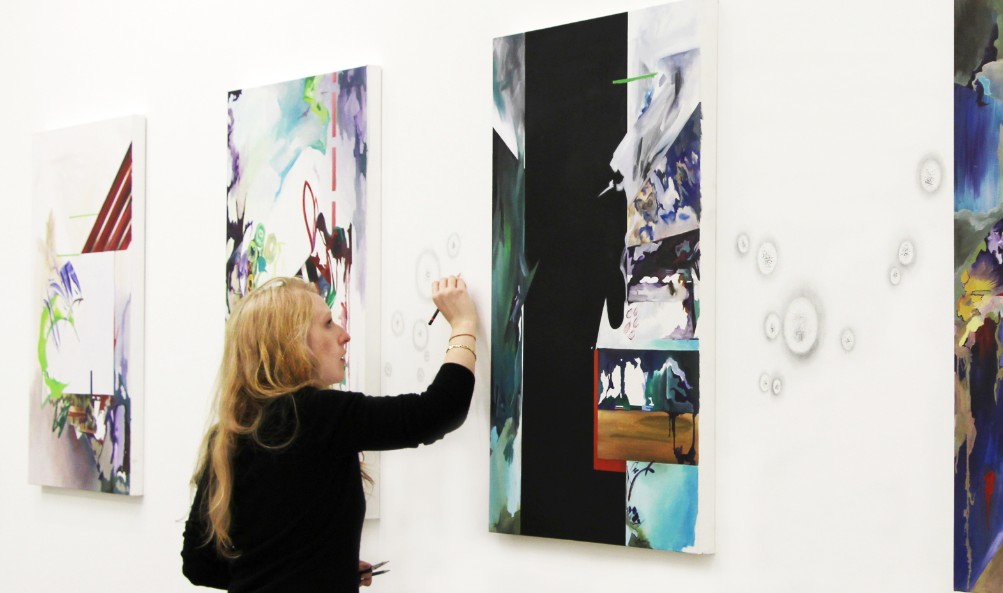Springfield, Missouri is home to the National Audio Company — or as it is colloquially known, the Last Cassette Factory. It’s a fairly self-explanatory name. NAC is indeed the last major producer of audio cassette tapes still in business in the United States — a business that’s better than ever thanks to the retro movement encouraging a growing number of bands and audio producers, young and old, to return to the music-sharing media of decades past.
President of the NAC Steve Stepp has said in numerous interviews that his company was surprisingly unhurt by the large scale move from cassettes to CDs, and from CDs to MP3s. According to production manager Susie Brown, bands today are increasingly driven back toward the “warm analogue sound” of cassettes and records.
Perhaps part of the reason for the NAC’s persistence is that during the heyday of cassettes, the company mainly produced tapes for spoken word performers and blanks for private use. This meant that when the CD wave hit, the company was largely untouched. Fast-forward to 2014 which saw company producing over 10 million tapes – and sales are up another 20 percent this year. Albums being printed on NAC tapes include a Metallica album and a special release of the theatrical soundtrack for Marvel’s Guardians of the Galaxy.
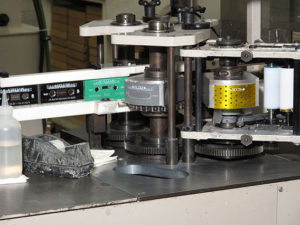
Cassettes may be a more tangible and personal way of sharing music — if you ask some people, like music critic Rob Sheffield, cassettes are far more romantic than MP3’s. There’s certainly something to be said for being able to give a friend a painstakingly recorded mix tape in the form of an actual tape, rather than just uploading it to their iPod or posting it online. Cassettes are also more portable than fragile, easily scratched CDs – it’s easy to throw one in your backpack or on the seat of your car, and expensive carrying cases are rarely required.
Undoubtedly the resurgence of tapes relies at least in part on the nostalgia of an older generation who grew up with the tapes and now has the money and influence to start bringing them back to the mainstream, as well as hipsters picking up on the fad of retro music mediums like vinyl. At any rate, especially with new “cassette-only” labels now popping up, it might be time to head down to the thrift store to pick up a cassette player of your own.
By Dallas Jeffs
